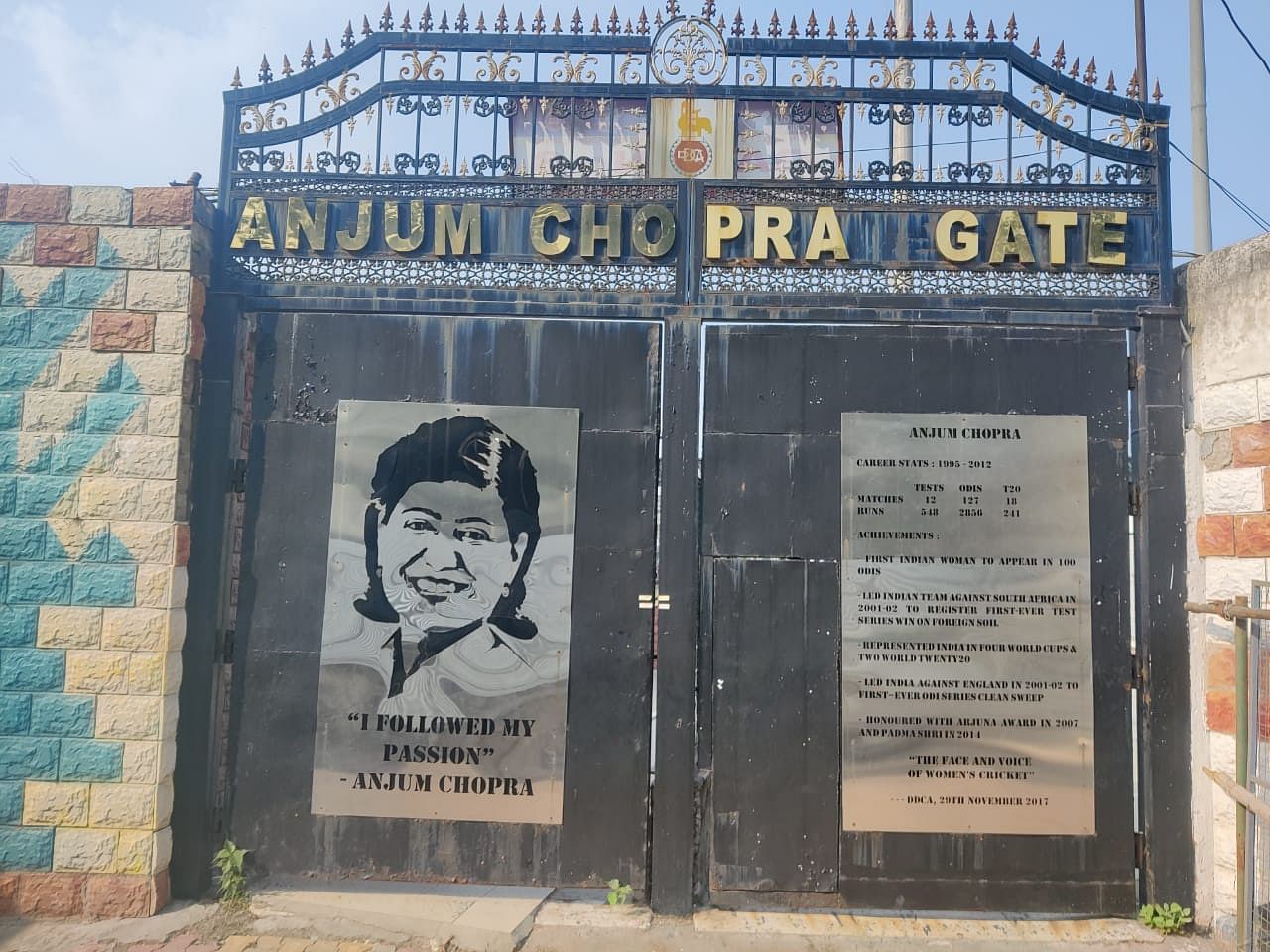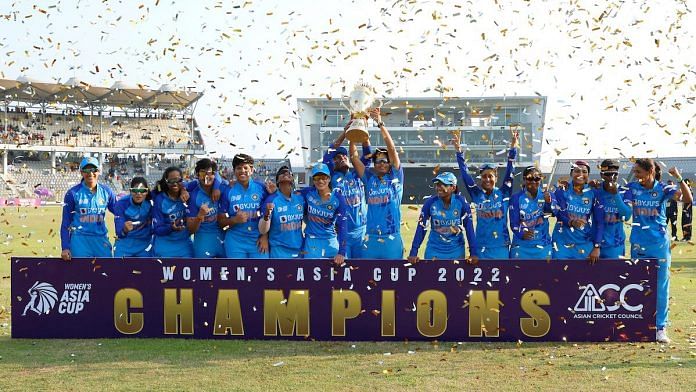The BCCI announcing pay parity for Indian women cricketers has made headlines and is being seen as a watershed moment that promises to bring greater equality in sport. Cricket after all, in India, is the fountainhead of sports. How do I see the board’s announcement? Still baby steps when you look at the history of women’s cricket and contrast it with the parallel institutional backing received by the men’s team. They say what’s in a name. I say, a lot—names etch you in history, make you a symbol, give you the opportunity to inspire and for the uninitiated, mark an entrance into a fascinating story that needs to be told. In sports, inspiration has a big role to play and names do inspire.
What’s common between Ranji Trophy, Vijay Hazare Trophy, Syed Mushtaq Ali Trophy? They work as a reminder of the rich legacy left behind by these stalwarts of men’s cricket. Can you recall one domestic tournament named after a women cricketer? Despite their spirited show over the last two decades across the world and a pool of legends, the cricket administration in India is yet to recognise the right magnitude of honour these players deserve.
Taking a glance at BCCI’s domestic roster of men’s and women’s cricket tournaments can make you curious.
A common refrain justifying the absence of any major tournament on the Indian circuit named after women cricketers is this: ‘women cricket is in the developing phase’ or ‘do women cricket have any legends?’ These statements only reek of the ignorance that is writ large in our society and sports administration.
Oscillating between these oblivious responses, people tend to write-off the immense contribution of veteran women cricketers of 70s and 80s — Diana Edulji, Shantha Rangaswamy, Shubhangi Kulkarni, Nilima Jogalekar, Sudha Shah, Sandhya Agarwal and many others. Edulji, Rangaswamy, Kulkarni being the ‘founding mothers’ of women’s cricket in India.
Edulji, the third-highest wicket-taker in international Test format has had to fight for hike in match fees.
Rangaswamy has three firsts for Indian women cricketers—first Test century, first six and first Test captain. She received a lifetime achievement award from the BCCI but no tournament is named after her.
The 1970s and 80s sowed the seed of women cricket in India. Today, we have Anjum Chopras, Mithali Rajs among other greats.
Except for two gates in New Delhi’s Kotla stadium, which were named after Anjum Chopra in 2017, and few life-time achievement awards, the legacy of women cricketers still awaits its rightful appreciation.

Also read: Gautam Gambhir not the only one calling Babar Azam ‘selfish’, Pakistani legends think so too
Reversing the gains
Before the BCCI took charge of women cricket in 2006, Women’s Cricket Association of India (WCAI), which pioneered women cricket in the country, used to organise three domestic tournaments: Rani Jhansi Trophy (multi-day), Indira Priyadarshini Trophy, and Rau’s Cup. However, after BCCI took over women cricket, which was not an amicable transfer from WCAI, Rani Jhansi Trophy and Indira Priyadarshini Trophy were discontinued.
Sixteen years after the BCCI took control of women’s cricket in India, the cricket board will find it difficult to explain this omission.
Did you know that the prestigious men’s World Cup, which receives much fame from every cricket-crazy country of the world, got its inspiration from the women’s cricket World Cup? It was the success of the 1973 women’s World Cup that encouraged ICC to introduce the cup for men’s too. The legacy of women cricketers should continue to carry forward in the domestic circuit should happen naturally.
Can one deny the acknowledgement for women cricketers by comparing its inception date with that of men’s cricket? The delay in initiation of women cricket can be blamed more on patriarchal mindset than fund-crunch or viewership. In 1963, England men’s captain Len Hutton during a charity match against a women’s side said that women playing cricket was “absurd, like a man trying to knit.” For a long time till 1914, women cricket was considered more of an entertainment than sports and they used to play cricket in hiding to avoid ‘embarrassment.’
Also read: Play Pakistan, know Pakistan—why Indian cricket can’t afford to let go of the golden window
Sort the domestic circuit
Former Indian captain Anjum Chopra, while speaking to ThePrint, said “The women’s cricket in domestic circuit is still finding its feet, thus, whether a trophy is named after a woman cricketer or not, is not on my priority list. First BCCI should straighten the domestic roster which keeps changing.”
However, what WCAI did for women cricket shows how intention plays a big role in acknowledging the legacy. Despite being short on funds, they continued to organise Ranji Jhansi Trophy, Rau’s Cup and even sub-junior tournaments for women cricket. Naming a cup or a trophy will not come in the way of domestic cricket’s growth. Rather, it will connect the youth to the rich history of women’s cricket.
Former India captain and coach, Purnima Rau said: “Indeed, there are some great Indian women cricketers who can be the best candidate for naming a domestic tournament after. Diana and Shantha definitely come to my mind. But doing it democratically is crucial.”
Suryanshi is an independent journalist based out of New Delhi. She tweets @UnfilteredSP. Views are personal.
(Edited by Anurag Chaubey)



